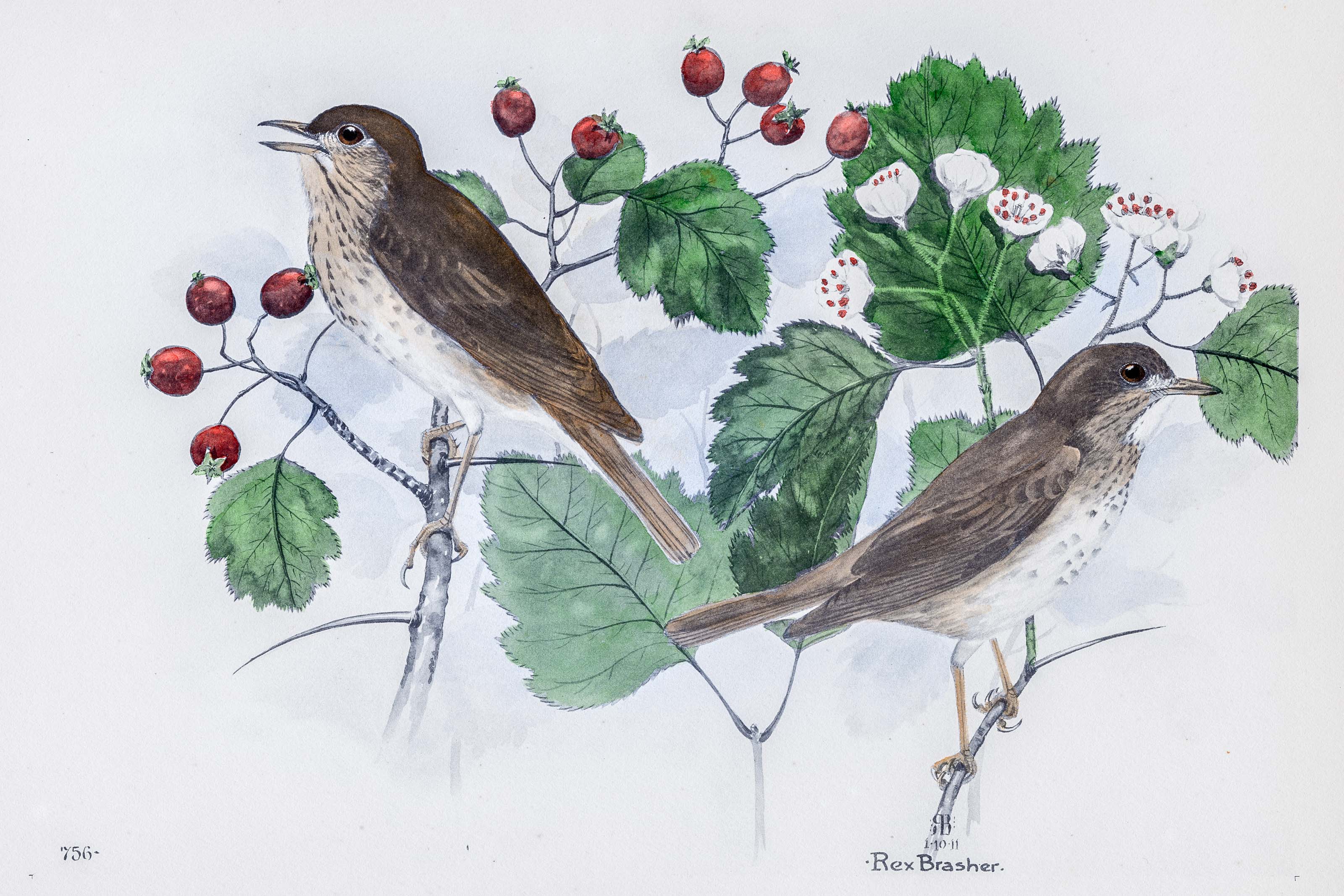
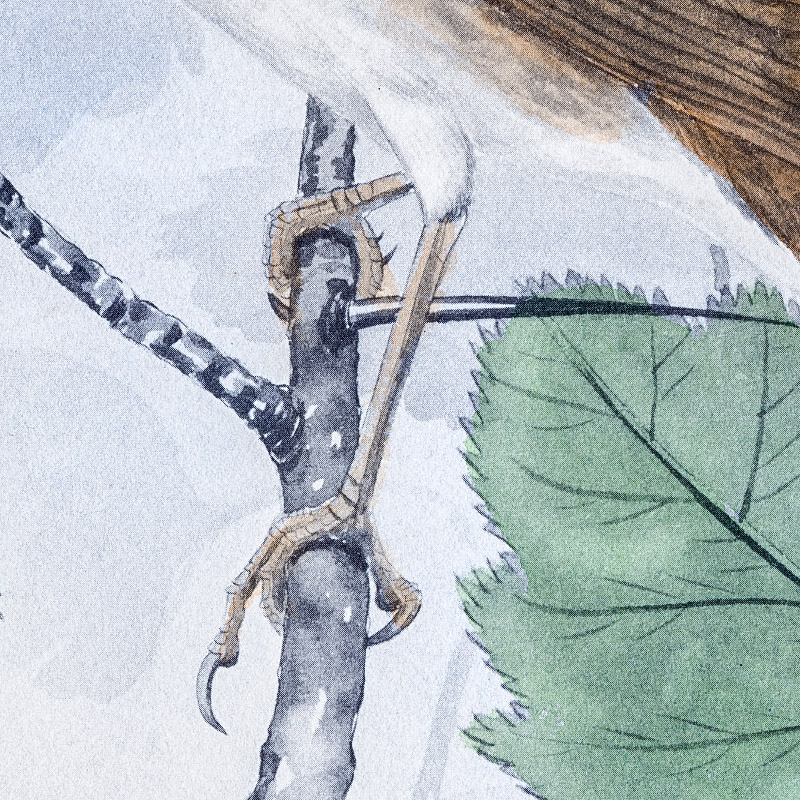
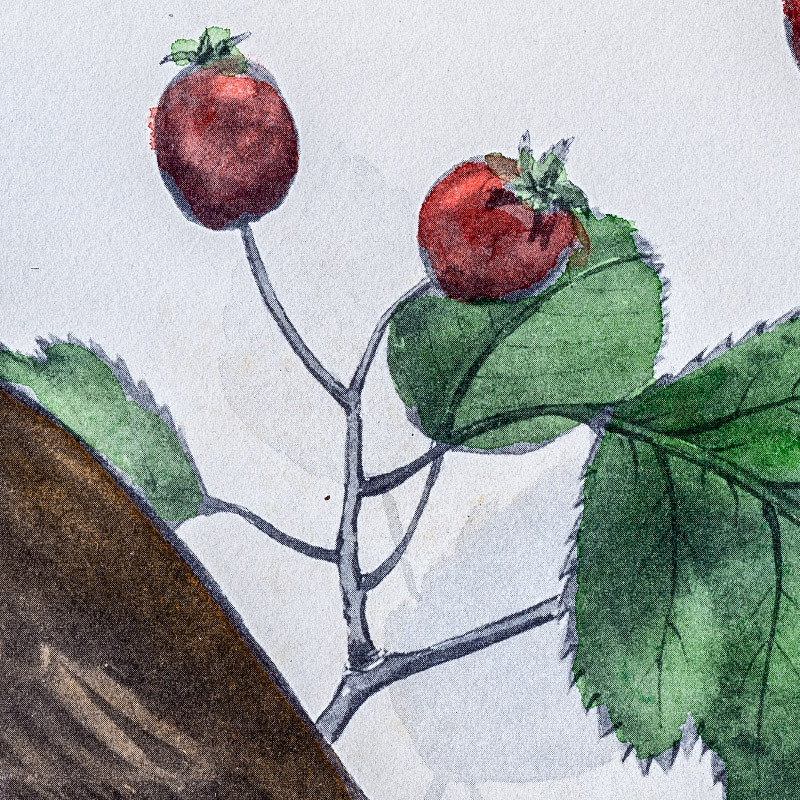
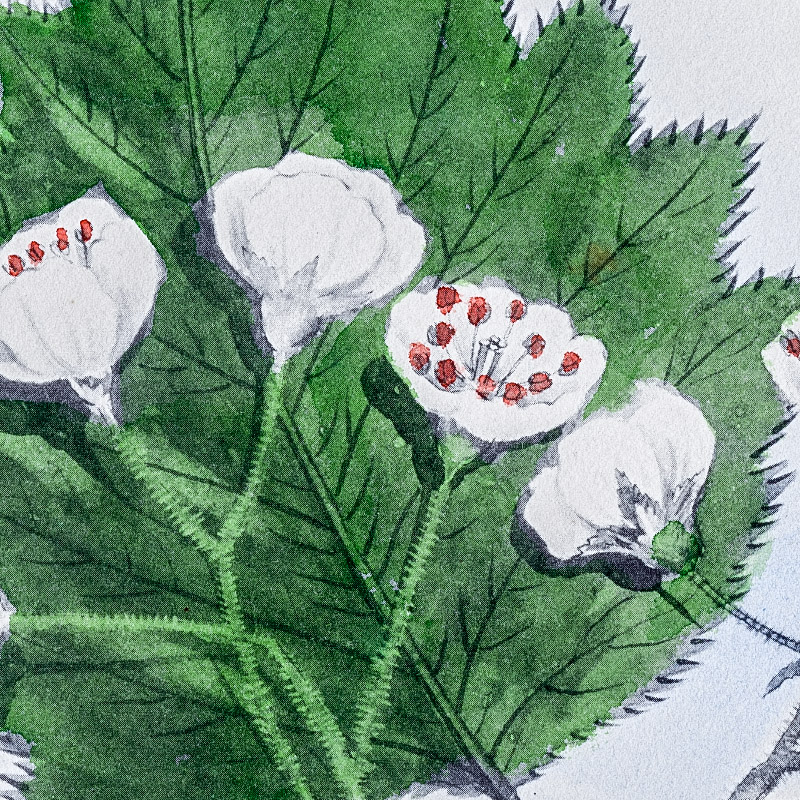
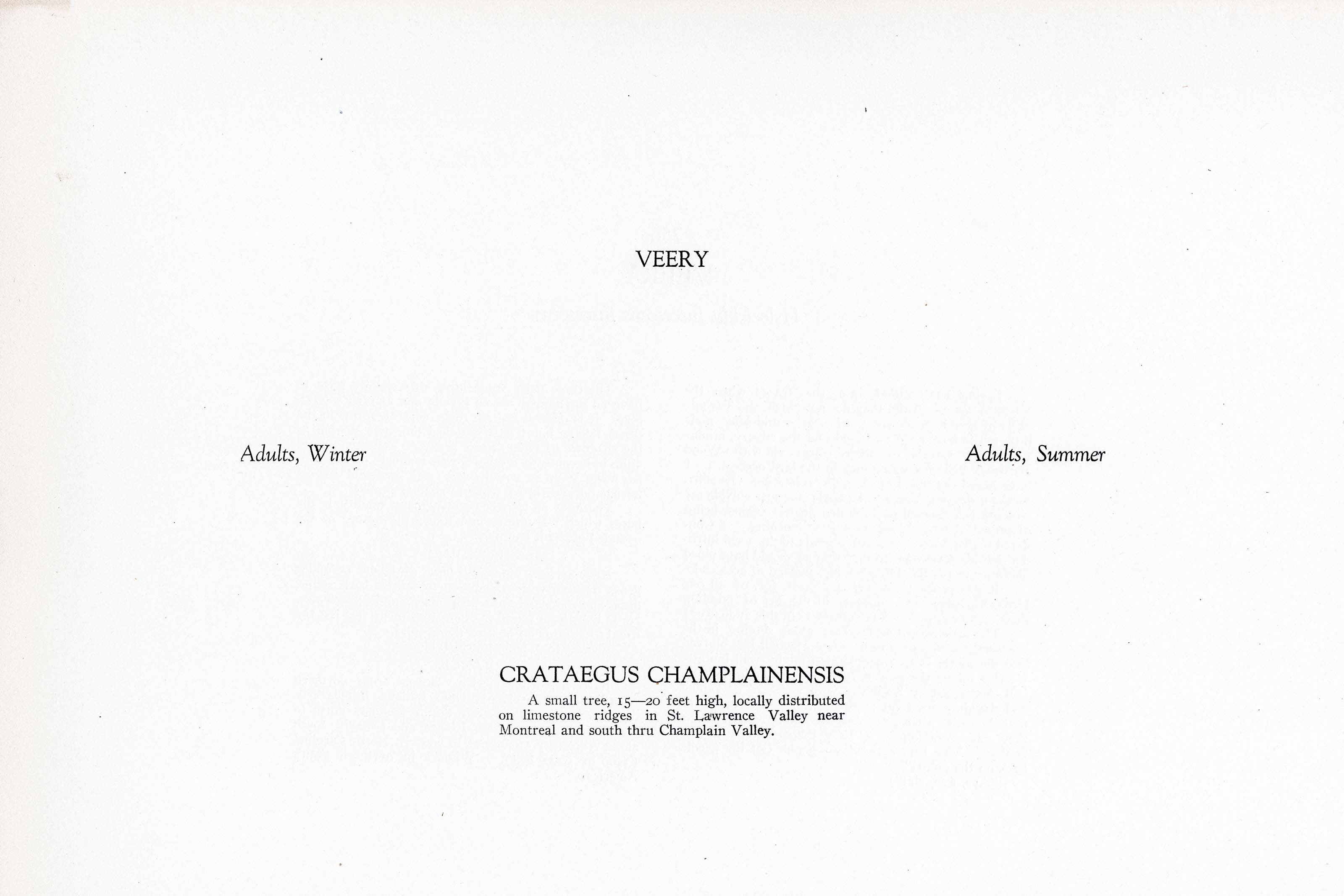
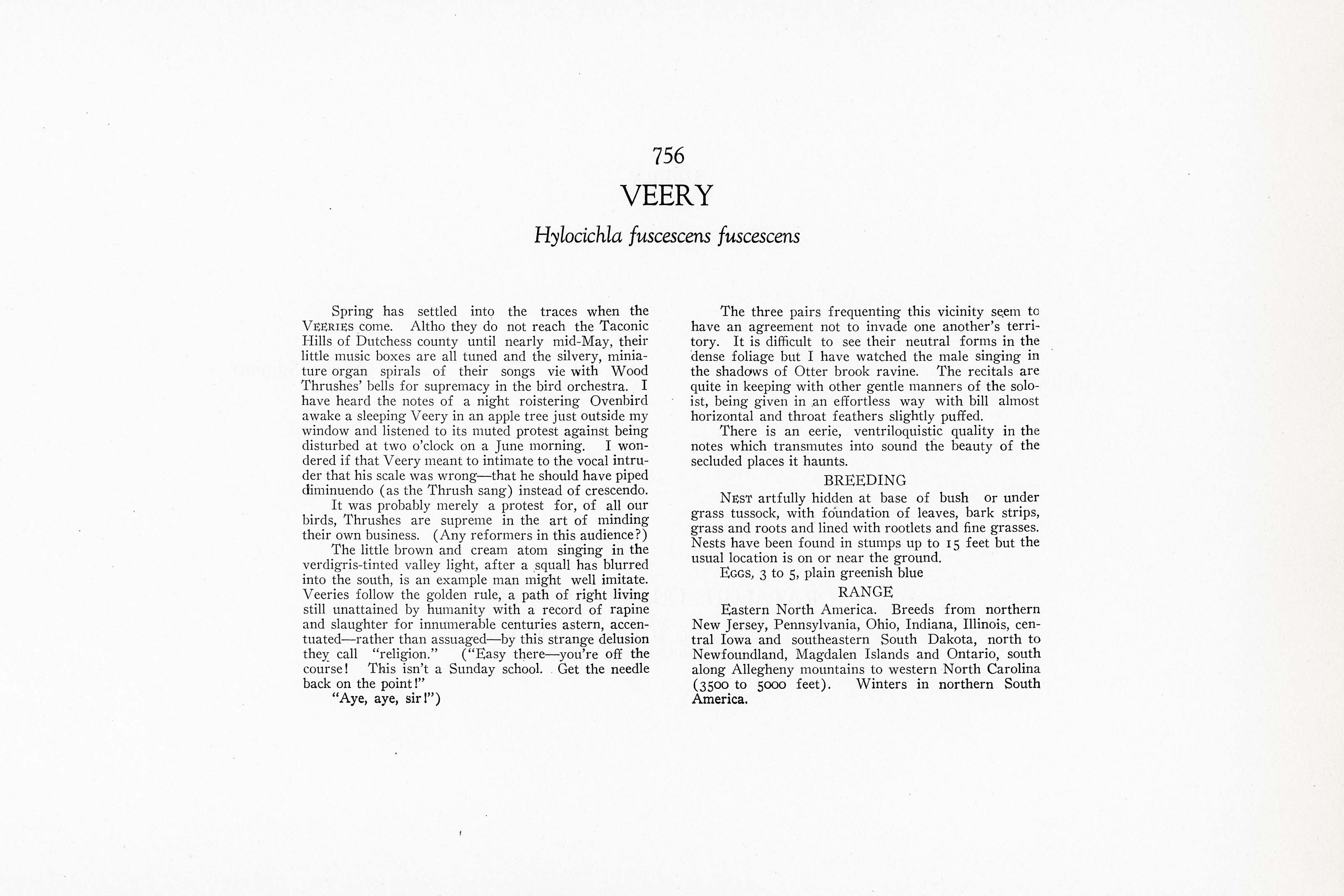

1911
1929
12
756
A team of dedicated board members, volunteers, and student interns has published every page in Volume 9. This volume includes 360 images of paintings and lyrical descriptions of birds, now available online for everyone to enjoy anywhere in the world. This is a monumental task. Each volume requires approximately 400 hours to photograph, edit, transcribe, catalog, and publish online. We need your support to complete this work.
If you're tech-savvy, have a good eye, are meticulous with details, and love structured data, please consider volunteering by emailing us at hello@rexbrasher.org.
We encourage all bird lovers and supporters to consider a monetary donation to support our mission to make Rex's work available for everyone. You can provide a one-time or recurring donation online.
Spring has settled into the traces when the VEERIES come. Altho they do not reach the Taconic Hills of Dutchess county until nearly mid-May, their little music boxes are all tuned and the silvery, miniature organ spirals of their songs vie with Wood Thrushes' bells for supremacy in the bird orchestra. I have heard the notes of a night roistering Ovenbird awake a sleeping Veery in an apple tree just outside my window and listened to its muted protest against being disturbed at two o'clock on a June morning. I wondered if that Veery meant to intimate to the vocal intruder that his scale was wrong — that he should have piped diminuendo (as the Thrush sang) instead of crescendo.
It was probably merely a protest for, of all our birds, Thrushes are supreme in the art of minding their own business. (Any reformers in this audience?)
The little brown and cream atom singing in the verdigris-tinted valley light, after a squall has blurred into the south, is an example man might well imitate. Veeries follow the golden rule, a path of right living still unattained by humanity with a record of rapine and slaughter for innumerable centuries astern, accentuated — rather than assuaged — by this strange delusion they call "religion." ("Easy there — you're off the course! This isn't a Sunday school. Get the needle back on the point!"
"Aye, aye, sir!")
The three pairs frequenting this vicinity seem to have an agreement not to invade one another's territory. It is difficult to see their neutral forms in the dense foliage but I have watched the male singing in the shadows of Otter brook ravine. The recitals are quite in keeping with other gentle manners of the soloist, being given in an effortless way with bill almost horizontal and throat feathers slightly puffed.
There is an eerie, ventriloquistic quality in the notes which transmutes into sound the beauty of the secluded places it haunts.
NEST artfully hidden at base of bush or under grass tussock, with foundation of leaves, bark strips, grass and roots and lined with rootlets and fine grasses. Nests have been found in stumps up to 15 feet but the usual location is on or near the ground.
EGGS, 3 to 5, plain greenish blue
Eastern North America. Breeds from northern New Jersey, Pennsylvania, Ohio, Indiana, Illinois, central Iowa and southeastern South Dakota, north to Newfoundland, Magdalen Islands and Ontario, south along Allegheny mountains to western North Carolina (3500 to 5000 feet). Winters in northern South America.
A small tree, 15–20 feet high, locally distributed on limestone ridges in St. Lawrence Valley near Montreal and south thru Champlain Valley.